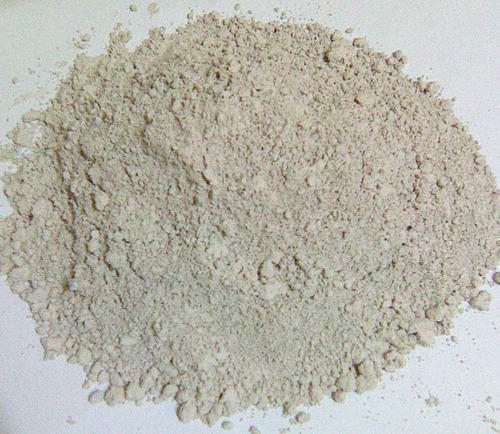
According to the EPA, pesticide use poisons over fifty thousand American children every year. Exposure to herbicide-treated landscapes and gardens increases the risk of poisonings to our pets as well. Farmers who use pesticides on their crops are more likely to have cancer than the general population. Pesticide residues in vegetables can’t just be washed off. We want to keep our gardens and landscapes looking good, but at the same time we want our children and pets safe. To do this, replacing pesticides with food grade diatomaceous earth in landscape and garden maintenance can help.
Diatomaceous earth (often called DE) is the remains of tiny sea plants called diatoms. These skeletons are primarily made up of a natural substance called silica. It is a common substance found in many deposits around the world. Study after study of this substance from fresh water sources (food grade) has shown that in general it is safe to ingest or contact on the skin. However, constant breathing of this dust can cause severe respiratory problems. If it is not inhaled, it is safe for humans and pets. To safely use it in landscapes and gardens, always use a food grade brand.
DE is easy to use; just fill a mason jar with it and poke holes in the lid to create a shaker to shake the dust on your plants. To control crawling insects including fleas, ants, ticks and chiggers in your yard, liberally sprinkle it on the grass.
My experience is that diatomaceous earth is especially effective against ticks. Ticks cause as many as fourteen different diseases in the United States including Colorado tick fever, Rocky Mountain spotted fever and Lyme disease. If ticks or chiggers are a problem in your yard or garden, the CDC suggests hiring a professional exterminator to eliminate the pests. However, DE can be just as effective and is safe to use around children and pets. Simply sprinkle dust over the area of infestation at least two times per week when ticks are most prevalent. Always remember to avoid breathing the dust. If flying gnats or flea beetles attack the garden, shake DE directly on plants. Be careful however to avoid getting the dust on blooms or flower buds because it will kill ladybugs, butterflies and bees.
Shake a dust barrier around the perimeter of the garden to keep pests from entering. Snails and slugs will dry up before they get a chance to attack. You can also shake a ring of it around newly planted plants to prevent cutworm damage. Additionally, a ring of DE dust, around the outside perimeter of your home, can help keep these same pests from entering your home. Reapply DE twice weekly after watering or after it rains. If it gets wet, it loses its effectiveness against garden pests.
This natural occurring substance is easy to use around the garden and in the landscape around your home. It is safe and effective to use against crawling and flying insect pests, and is nontoxic to children, pets, birds, earthworms and wildlife. However, it does harm insects so never apply it to blooms or bloom buds as this could harm bees, ladybugs and butterflies.
Donna Brown is the author of the gardening book Simply Vegetable Gardening.
Related Articles & Free Email Newsletter Sign Up
Organic Gardening: Six Natural Ways to Boost Your Garden’s Health
Organic Weed Control Eliminates Weeds and is Kind to the Environment
Worm Tubes: A Guide to Creating and Utilizing a Home Gardener’s Best Friend




Comment here